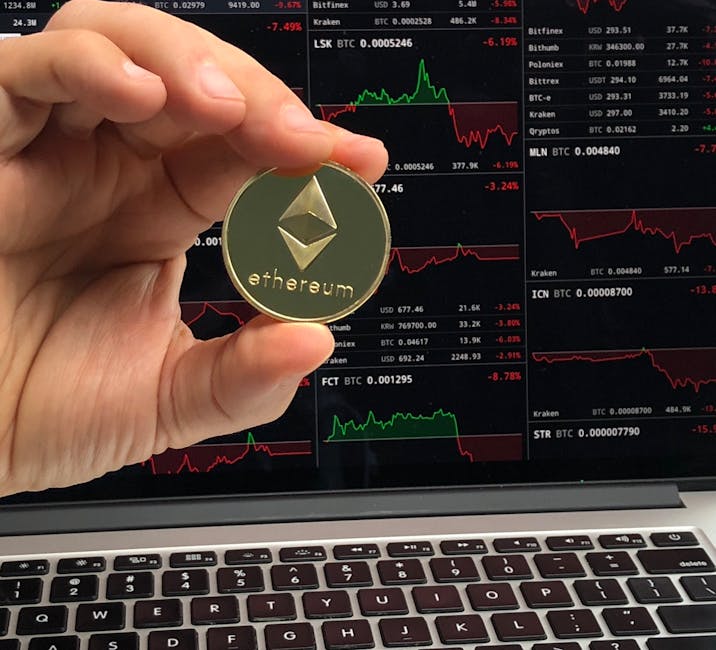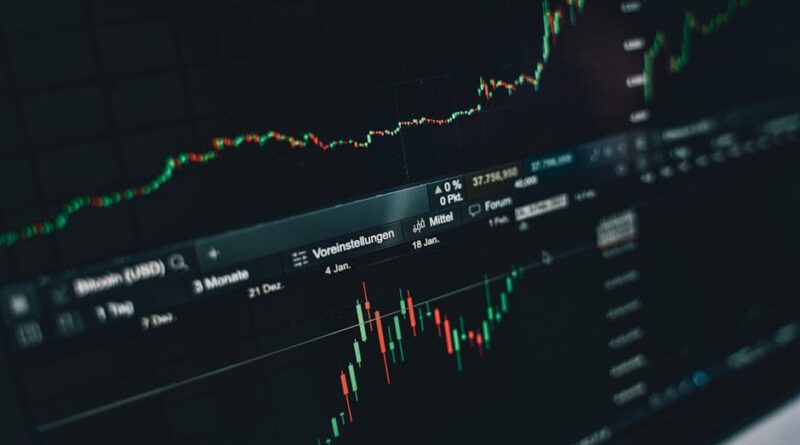Rideshare Pricing Trends: Navigating the Ups and Downs
Are you someone who relies on ridesharing services for your daily commute or occasional trips around town? Have you noticed how the prices seem to fluctuate seemingly without rhyme or reason? Welcome to the world of rideshare pricing trends, a dynamic landscape where supply, demand, technology, and competition intersect to determine how much you pay for a ride. In this comprehensive guide, we will delve into the intricacies of rideshare pricing trends, exploring the factors that influence pricing, the evolution of pricing models, and what the future holds for riders and drivers alike.
The Rise of Ridesharing

Ridesharing has revolutionized the way we think about transportation. With the advent of companies like Uber, Lyft, and Grab, getting from point A to point B has never been easier. Instead of waiting for a taxi or relying on public transportation, riders can simply open an app on their phone, request a ride, and have a driver pick them up within minutes. This convenience has made ridesharing immensely popular, with millions of people around the world using these services every day.
The Basics of Rideshare Pricing

Unlike traditional taxis, which often charge a flat rate based on distance traveled, rideshare companies use dynamic pricing algorithms to determine the cost of a ride. This means that the price you pay for a ride can vary depending on a variety of factors, such as the time of day, the level of demand, and the distance traveled. For example, during peak hours or when there are fewer drivers available, prices may surge to incentivize more drivers to get on the road.
Additionally, rideshare companies may use a combination of upfront pricing, where the cost of the ride is calculated before you book, and surge pricing, where prices increase during periods of high demand. While upfront pricing provides transparency and predictability for riders, surge pricing can lead to significantly higher fares during busy times.
The Influence of Supply and Demand

One of the key factors that drive rideshare pricing trends is the delicate balance between supply and demand. When there are more riders requesting rides than there are drivers available, prices tend to increase to encourage more drivers to get on the road. Conversely, when there are more drivers than riders, prices may decrease to attract more riders.
Rideshare companies use sophisticated algorithms to predict when and where demand will be highest, allowing them to adjust prices in real-time to maximize profits. This means that riders may pay different prices for the same route depending on when they request a ride, highlighting the dynamic nature of rideshare pricing.
The Evolution of Pricing Models

Over the years, rideshare companies have experimented with various pricing models to find the right balance between affordability for riders and profitability for drivers. For example, some companies have introduced subscription-based services that offer unlimited rides for a flat monthly fee, while others have implemented loyalty programs that reward frequent riders with discounts and perks.
Additionally, rideshare companies have started to explore alternative pricing structures, such as flat-rate pricing for certain routes or time-based pricing for longer rides. These innovative approaches aim to make ridesharing more accessible and attractive to a wider range of customers while ensuring that drivers earn a fair wage for their services.
The Impact of Technology
Technology plays a crucial role in shaping rideshare pricing trends. Advanced algorithms and data analytics allow rideshare companies to optimize pricing based on a wide range of variables, such as traffic patterns, weather conditions, and events happening in the area. This level of precision enables companies to offer competitive prices while maximizing revenue.
Furthermore, the integration of artificial intelligence and machine learning into ridesharing platforms has enabled companies to personalize pricing for individual riders based on their preferences, past behavior, and even their location. This personalized pricing model can lead to a more tailored and satisfying experience for riders, increasing customer loyalty and retention.
The Future of Rideshare Pricing
As ridesharing continues to grow in popularity and evolve with new technologies, the future of rideshare pricing is likely to become even more dynamic and sophisticated. Companies are expected to invest heavily in predictive analytics, automation, and AI to further optimize pricing and increase efficiency.
One trend to watch out for is the rise of autonomous vehicles in ridesharing. As self-driving cars become more prevalent, companies may be able to reduce costs and offer lower prices to riders. However, this shift could also have implications for the labor market, as many drivers may find themselves out of work if their jobs are automated.
Common Misconceptions About Rideshare Pricing
Despite the widespread use of ridesharing services, there are still many misconceptions about how pricing works. One common misconception is that drivers have control over how much they charge for a ride, when in reality, prices are set by the rideshare company based on a variety of factors.
Another misconception is that surge pricing is simply a way for companies to take advantage of riders during busy times. In reality, surge pricing is a necessary mechanism to balance supply and demand, ensuring that there are enough drivers on the road to meet the needs of riders.
FAQs About Rideshare Pricing
Q: Why do prices surge during peak hours?
A: Prices surge during peak hours to incentivize more drivers to get on the road and meet the high demand for rides.
Q: Can I avoid surge pricing?
A: While surge pricing is difficult to predict, you can try to avoid it by requesting a ride during off-peak hours or using alternative transportation options.
To Wrap Things Up
Rideshare pricing trends are a fascinating and complex topic that is constantly evolving in response to changing market conditions and technological advancements. By understanding the factors that influence pricing, riders can make informed decisions about when and how they choose to use ridesharing services. As we look to the future, it will be interesting to see how rideshare companies continue to innovate and adapt to meet the needs of both riders and drivers in this fast-paced industry.




